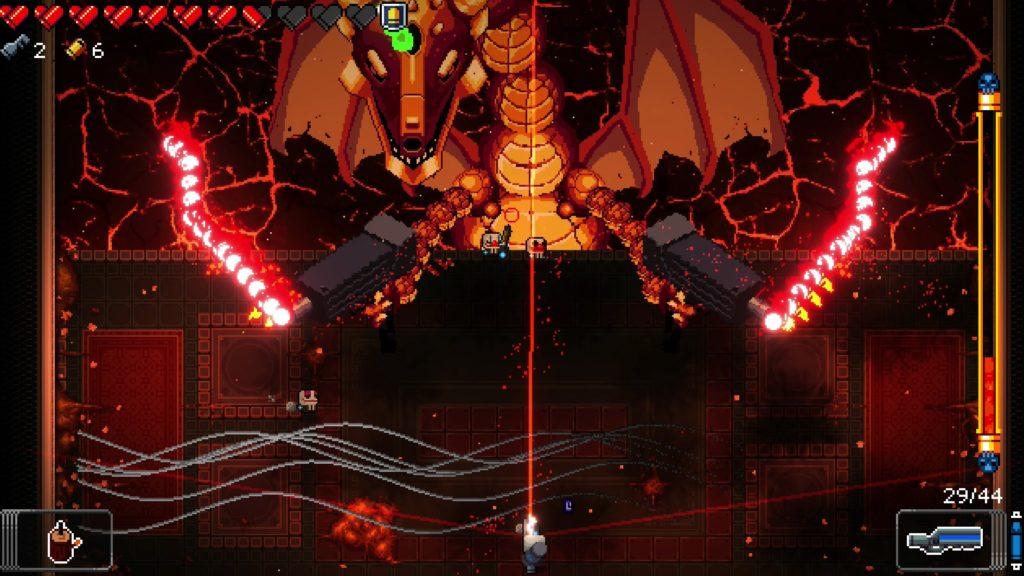Going into making our game about the credit score system, I thought the most important part would be to make every mechanic’s impact on the credit score extremely clear and unambiguous. However, when we did this in our first prototype, the were two results. The first was something I expected to be part of the process: the game was boring. Because we were focused on the central mechanics of credit scores and getting a prototype together rapidly, it wasn’t very fun to play.
The second result, however, was less expected: the game didn’t model the system very well. Essentially, by narrowly on the central, obvious factors that influence your credit score, you lose the complexity of the system, which is influenced by many other factors in everyday life that combine in complex ways. This second result made me more open to introducing additional elements and mechanics to the game that, while maybe not directly related to credit scores, were indirectly important for modeling the reality of managing one’s credit.
Once we started introducing these secondary inputs to the system, it was notable how even small changes to the system could have large impacts on gameplay and balance. For example, in trying to balance players’ opportunities to increase their salary with the burden imposed by purchasing assets they needed to win the game, we made repeated adjustments to asset prices. Of course, asset prices don’t exist independently of other elements. Prices in the game are entirely relative to many other factors, like the rate of progress around the board to earn salaries, opportunities to increase your salary (the number of positive event cards), the number of payments on assets, the requirement downpayment for that asset, the number of negative event cards that can impose sudden burdens, etc.
Adjusting asset prices on their own would have been difficult. However, due to the rapid deadlines for the class, we were playtesting frequently and making adjustments to several elements simultaneously for each iteration. This made understanding the impact of each change very difficult to assess, even through extended playtesting. Ideally, future iterations for the game will involve adjustments to fewer elements at the same time.



